Understanding how a piston works is crucial for anyone interested in how engines operate. Pistons are integral components of internal combustion engines, transforming the energy from fuel combustion into mechanical work. Whether you are a car enthusiast, a student of engineering, or merely curious about automotive mechanics, learning about pistons deepens your appreciation of engine design and functionality. How does a piston work? This article explains the fundamental role of pistons in engines, their operation, types, and how they contribute to overall engine performance.
The Basics of Engine Function
Overview of Internal Combustion Engines
An internal combustion engine (ICE) is a type of engine where fuel and air are mixed and combusted within a cylinder. The combustion process generates high-pressure gases that push down on the piston, creating power. This power is ultimately transmitted to the vehicle’s wheels, enabling motion.
Pistons play a central role in this process, serving as the components that convert the energy from combustion into mechanical energy. The cyclical nature of piston movement is also critical for the engine’s efficiency and power output. Understanding this fundamental operation helps in grasping the basics of various engine designs.
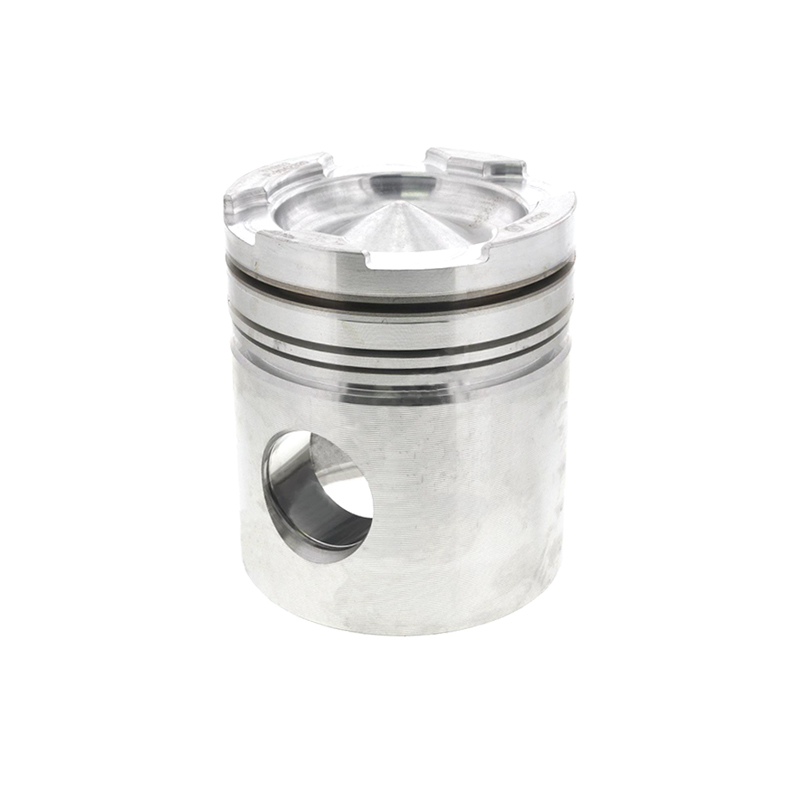
The Role of Pistons in the Engine Cycle
How does a piston work? Pistons operate within a cycle known as the four-stroke cycle in most gasoline engines. This cycle consists of four distinct stages: intake, compression, power, and exhaust. Each stroke corresponds to a specific piston movement within the cylinder. During the intake stroke, the piston moves down, creating a vacuum that draws in air and fuel.
Next, the piston moves back up during the compression stroke, compressing the air-fuel mixture. In the power stroke, the spark plug ignites the compressed mixture, forcing the piston down with great force. Finally, during the exhaust stroke, the piston moves back up to expel the burnt gases out of the cylinder. This cycle repeats continuously, generating the power needed to propel the vehicle.
Piston Components and Design
Understanding Piston Anatomy
A piston consists of several key components that contribute to its function. The main body of the piston is called the piston skirt, which is the side that fits inside the cylinder. The skirt helps to support the piston movement and maintain alignment. How does a piston work? At the top of the piston, there is often a dome-shaped area, known as the piston crown, which plays a role in combustion chamber design.
Additionally, there are piston rings, located in grooves around the skirt of the piston. These rings function to create a seal between the piston and the cylinder walls, preventing the escape of combustion gases. They also help control oil consumption within the engine. Understanding these components is vital for recognizing how the piston operates within the engine.
Piston Material and Construction
Pistons are typically made from aluminum alloys due to their lightweight nature and excellent strength-to-weight ratio. Aluminum is also resistant to corrosion and can withstand the high temperatures generated during combustion. Some performance engines utilize forged pistons made from higher-strength materials for enhanced durability.
The design of the piston can vary depending on the specific engine requirements. How does a piston work? For instance, high-performance engines may utilize pistons with special designs to improve airflow and combustion efficiency. Lightweight piston designs can also contribute to enhanced engine responsiveness and power output.
How Piston Shape Affects Performance
The shape of the piston significantly impacts an engine’s performance characteristics. For example, a flat-top piston provides uniform combustion and is often used in standard engines for balanced power output. In contrast, piston crowns with specific shapes can improve fuel mixing or help control the combustion process in high-performance engines.
Understanding the relationship between piston shape and performance aspects such as compression ratio and airflow dynamics enhances the ability to optimize engine design. Engineers constantly experiment with piston shapes to maximize efficiency, torque, and power in various engine builds.
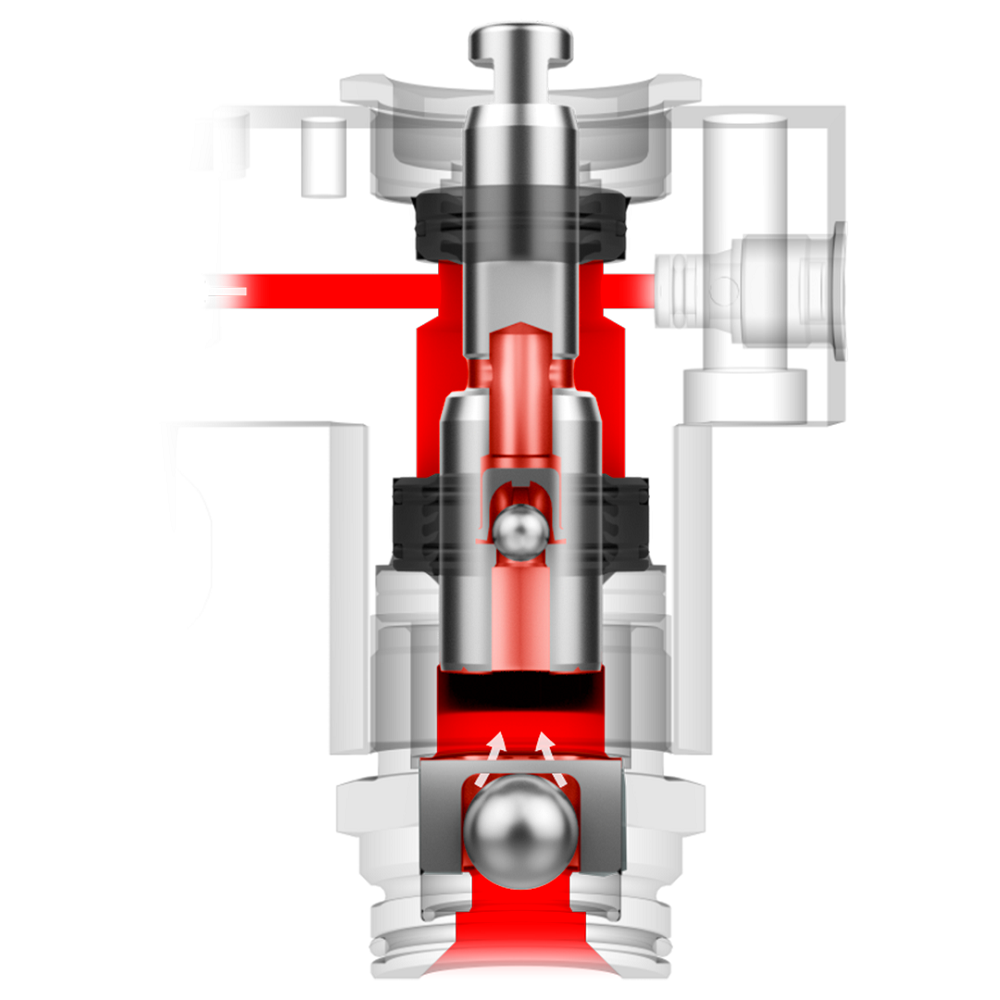
The Piston in Action
The Intake Stroke
During the intake stroke, the piston moves downward within the cylinder. This downward motion creates a vacuum that pulls air and fuel into the combustion chamber through the intake valve. The shape of the piston and the arrangement of components are designed to facilitate this airflow effectively.
The effectiveness of this stroke is critical for engine efficiency. An optimal amount of air-fuel mixture must enter the cylinder to achieve the desired power output. If insufficient air or fuel enters, the engine may lose power or fail to run smoothly.
The Compression Stroke
As the piston begins the upward motion for the compression stroke, the intake valve closes, sealing off the combustion chamber. This design enables the piston to compress the air-fuel mixture, increasing its density. Higher compression ratios generally lead to more power output since the combustion becomes more efficient.
The ignition timing, which determines when the spark plug ignites the mixture, is also crucial at this stage. If the mixture is ignited too early or too late, it can lead to knocking, reduced efficiency, or engine damage. Properly timed ignition ensures clean combustion and maximizes power torque.
The Power Stroke
The power stroke is perhaps the most critical phase in the cycle, as it delivers the engine’s power. Once the piston reaches the top of its stroke, the mixture is ignited by the spark plug. The combustion causes a rapid increase in temperature and pressure, forcing the piston downwards.
This downward movement of the piston turns the crankshaft, converting linear motion into rotational motion, which ultimately powers the vehicle. The efficiency of this stroke is influenced by the quality of the piston, the shape of the combustion chamber, and the timing of the spark ignition.
The Exhaust Stroke
In the exhaust stroke, the piston moves back up the cylinder, pushing burnt gases out through the exhaust valve. This process is crucial for clearing the combustion chamber and making way for a new intake cycle. If the exhaust gases are not expelled efficiently, it can hinder engine performance and lead to further complications.
One key element during this stroke is the design of the exhaust system. A well-designed exhaust system facilitates a smooth escape of gases, reducing back pressure and improving engine efficiency. This link between the piston and the exhaust system is vital, as engine performance relies on effective gas exchange.
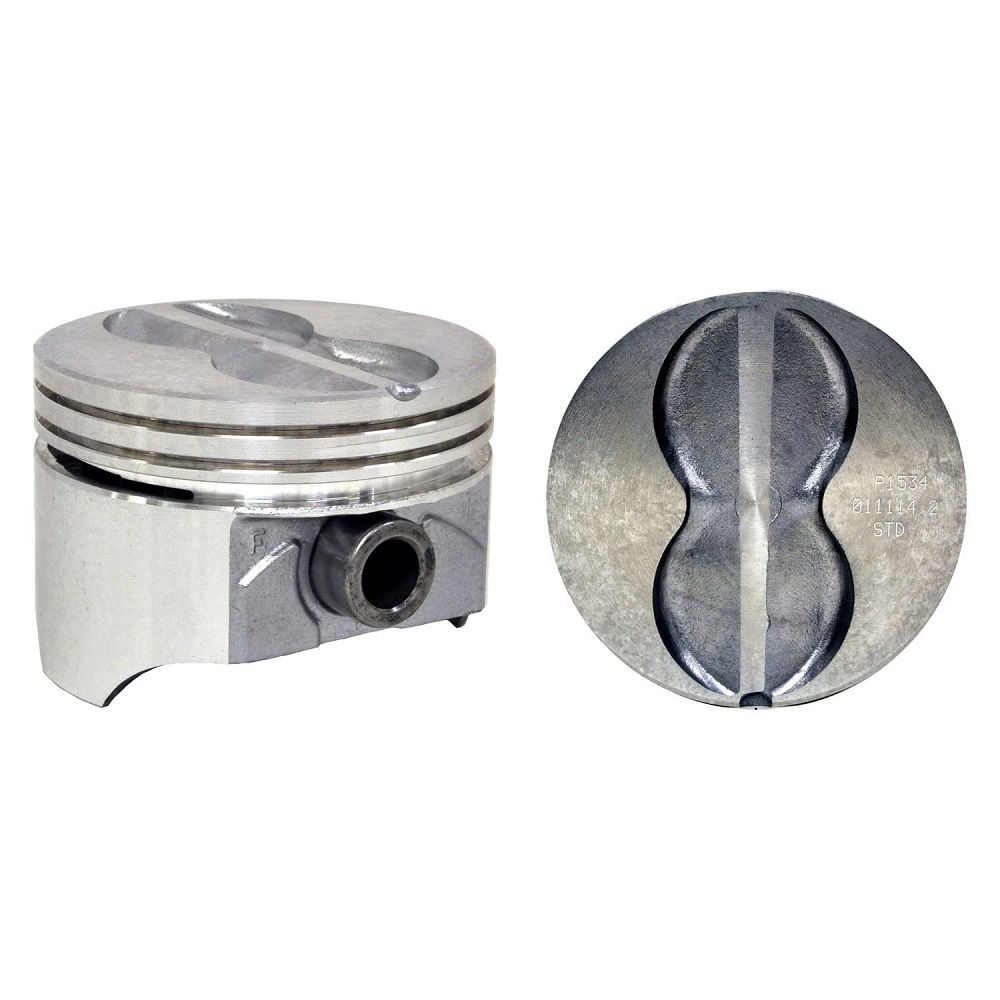
Common Problems with Pistons
Rings and Seals Failure
How does a piston work? One of the most common issues encountered with pistons is the failure of piston rings and seals. Worn rings can lead to oil leaks, resulting in increased oil consumption and a reduction in engine efficiency. Additionally, damaged seals can create blow-by, where combustion gases escape past the rings, leading to lower power output.
Regular maintenance and engine checks can help identify early signs of wear in these components. Maintaining proper oil levels and utilizing high-quality engine oils can also prolong the life of piston rings and seals, ensuring optimal performance.
Piston Skirt Wear
Piston skirt wear can be another problem affecting piston performance. As the piston moves within the cylinder, friction occurs between the skirt and the cylinder walls. Over time, this friction can cause the skirt to wear down, leading to poor sealing and reduced efficiency.
Signs of skirt wear include unusual engine noises or a drop in compression levels. It is essential to monitor the condition of your engine and address issues promptly to prevent further damage. Regular oil changes and using proper lubricants can help reduce friction and extend the life of the piston skirt.
Overheating Issues
Engine overheating can significantly affect piston function. When an engine operates at excessively high temperatures, it can lead to piston expansion and, in severe cases, deformation. This can hinder the piston’s ability to create a proper seal within the cylinder, resulting in power loss or potential engine failure.
Maintaining proper cooling systems is crucial for preventing overheating. Regular checks on coolant levels, coolant quality, and the overall condition of the cooling system are essential to ensure that the engine runs smoothly. Additionally, paying attention to temperature gauges while driving can help identify overheating issues early.
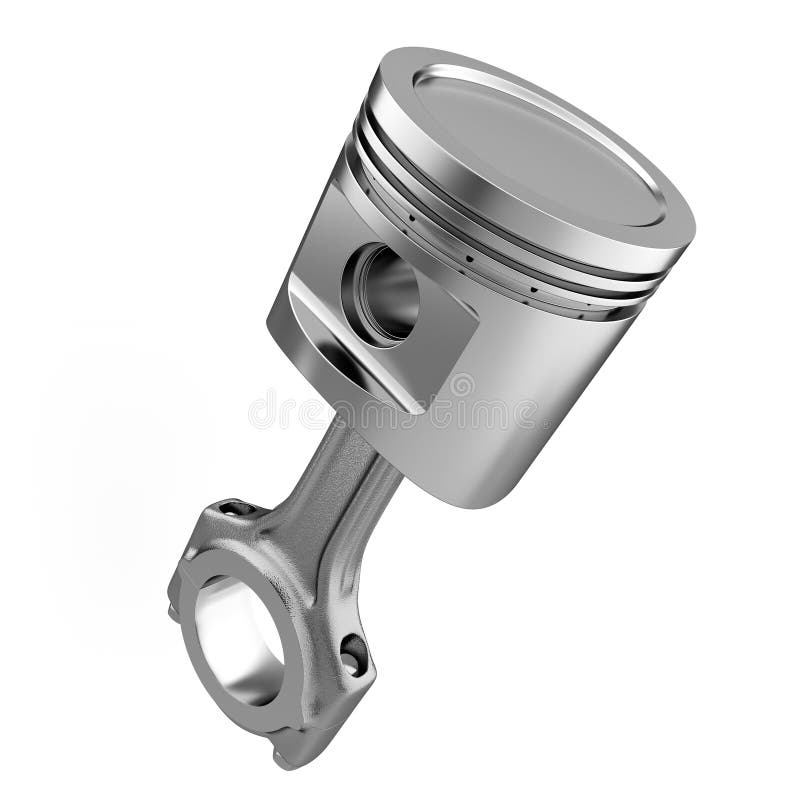
Choosing Quality Components
Importance of High-Quality Pistons
When selecting pistons for an engine build or replacement, it is essential to choose high-quality components. How does a piston work? The materials used, manufacturing processes, and design features can significantly impact performance and durability. Quality pistons can withstand high temperatures and pressures, making them suitable for performance applications or daily driving.
Investing in reputable brands and components ensures that your engine operates efficiently and meets power expectations. When considering an engine rebuild or performance upgrades, the choice of piston quality should be a top priority.
Understanding Compression Ratios
Another critical factor when choosing pistons is understanding compression ratios. The compression ratio refers to the difference between the cylinder’s total volume when the piston is at the bottom of its stroke compared to when it’s at the top. Higher compression ratios typically lead to increased power output, but they also require higher-quality fuels to prevent knocking.
When selecting pistons, consider how the compression ratio will impact overall engine performance. This awareness allows for informed decisions regarding piston specifications and fuel choice. Balancing performance needs with engine requirements ensures you achieve optimal power while maintaining reliability.
Consulting with Professionals
If you are unsure about selecting pistons for your engine, consider consulting with automotive professionals. Mechanics, engineers, or performance specialists can provide insights on the best options for your specific application. Their expertise can guide you to make informed decisions that align with your goals and budget.
Professional input can also help in diagnosing existing problems related to pistons and overall engine performance. Engaging with experienced automotive professionals can enable you to enhance both your vehicle’s performance and longevity.
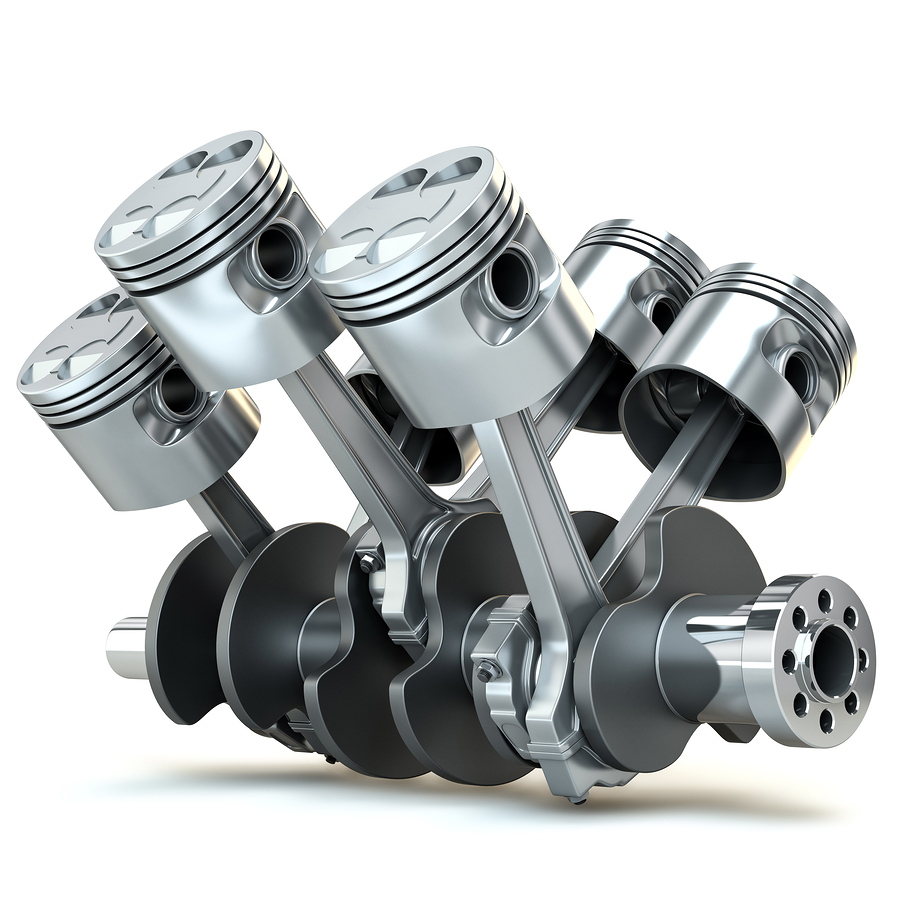
FAQ:
- What is a piston in an engine?
A piston is a cylindrical component that moves up and down within the engine cylinder. It plays a vital role in converting the pressure from combustion into mechanical energy, which ultimately powers the vehicle. Pistons are connected to the crankshaft via connecting rods. - How does a piston create power in an engine?
The piston creates power through a process known as the four-stroke cycle: intake, compression, power, and exhaust. During the power stroke, fuel-air mixture ignites, causing an explosion that forces the piston down, turning the crankshaft and producing energy. - What materials are pistons made of?
Engineers typically make pistons from lightweight yet durable materials such as aluminum alloys, which provide strength while minimizing weight. Some high-performance engines may use forged steel or other composite materials for added strength and efficiency. - What are the signs of a failing piston?
Common signs of a failing piston include excessive engine vibration, unusual noises (like knocking or rattling), reduced power and efficiency, and visible oil leakage. A compression test can also reveal issues with piston performance. -
How can I maintain my engine’s pistons?
To maintain pistons, regular oil changes are essential to ensure proper lubrication and prevent wear. Additionally, keeping the engine clean and performing routine maintenance checks can help identify potential piston issues early, ensuring optimal engine performance.
Conclusion: Embrace the Functionality of Pistons
How does a piston work? In conclusion, understanding how pistons work is fundamental to appreciating the mechanics of internal combustion engines. As the driving force that converts fuel into mechanical energy, pistons play a critical role in overall engine performance. Knowing the function and significance of various components—such as piston rings, skirts, and compression ratios—enables you to address potential issues and enhance your engine’s reliability.
Whether you’re a seasoned mechanic, a car enthusiast, or a casual driver, having a grasp on piston technology can make a significant difference in your automotive experience. How does a piston work? Investing in quality components, maintaining your engine, and seeking expert guidance when necessary can help ensure that your engine performs optimally for years to come.
Embrace the simple explanation of piston movement and engine power to better understand how pistons function and make informed decisions when maintaining your vehicle. With this knowledge, you can ensure a smooth, powerful ride and unlock the full potential of your engine. By understanding the heart of your vehicle through the mechanics of pistons, you’ll be able to experience the true joy of driving at its finest.
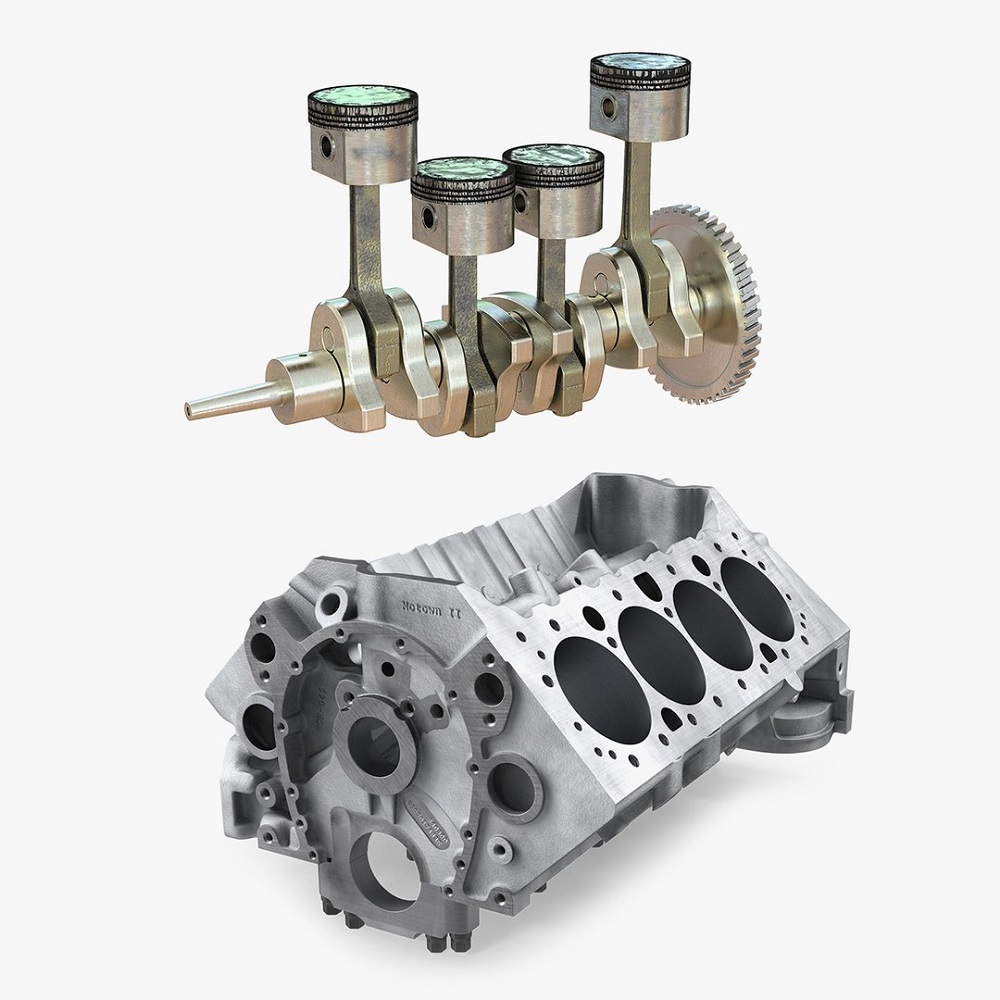
Leave a Reply